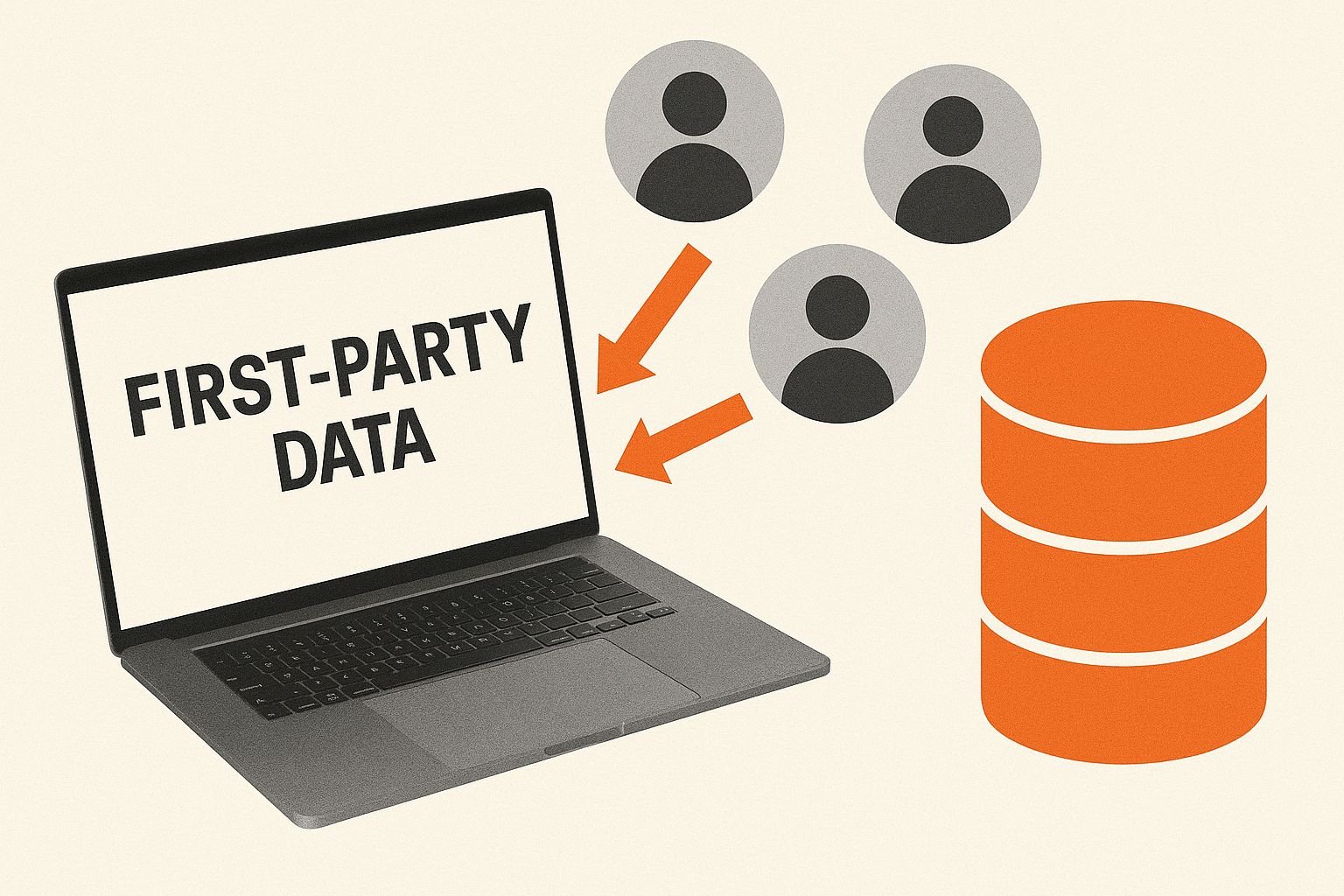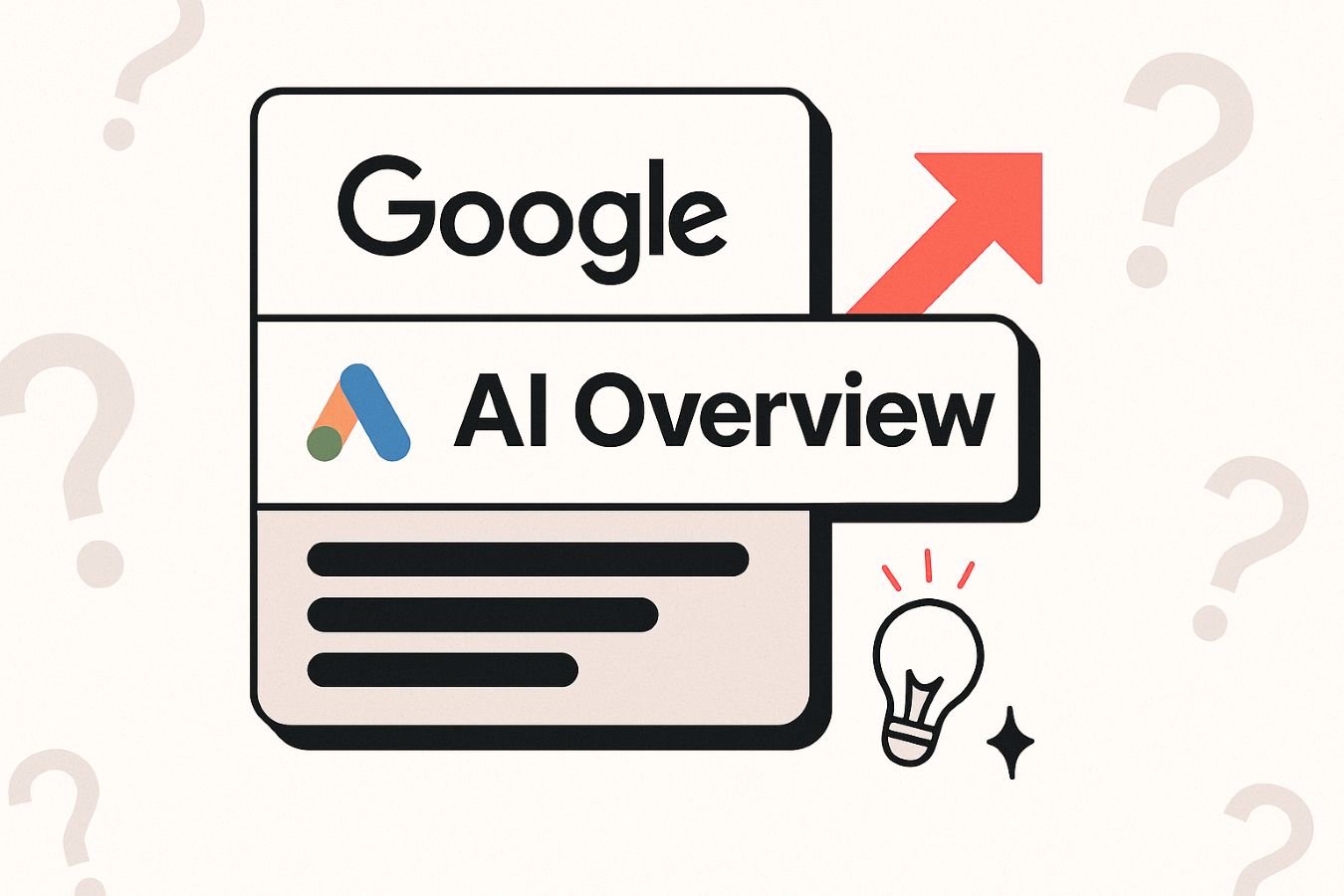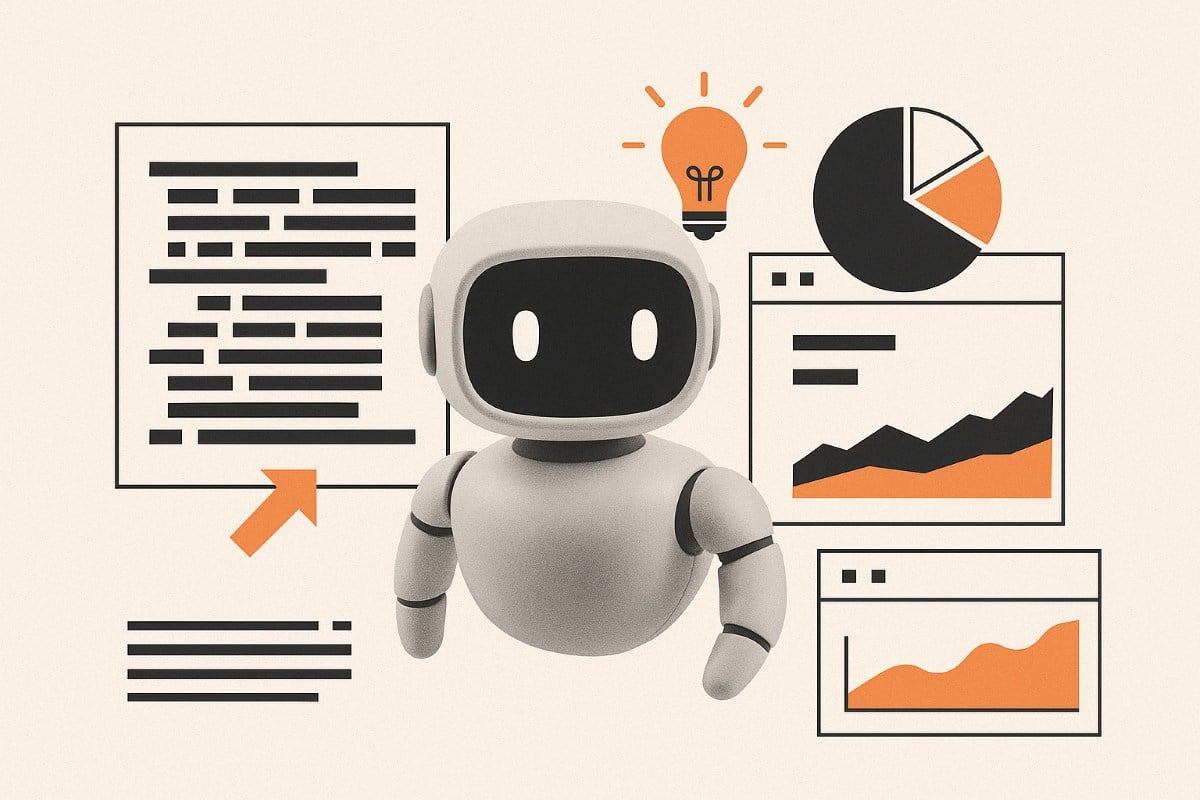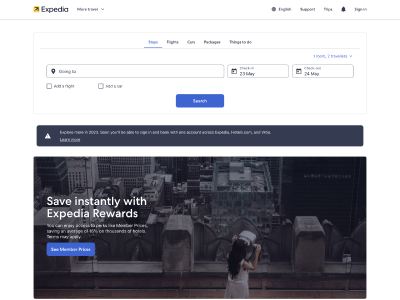In the last two articles of this series, we explored how server-side tracking provides the technical foundation for more reliable measurement and how Consent Management Platforms (CMPs) ensure your data collection is both legal and trustworthy. If you haven’t read those yet, I recommend starting there for the full picture.
Now, it’s time to shift gears from compliance and infrastructure to growth. This third component of future-proof measurement is First-Party Data Activation: the process of turning the information you already own into insights and actions that actually drive performance.
Unlike server-side tracking and CMPs, which focus on stabilising the pipes of your data ecosystem, first-party data activation is about the fuel that runs through those pipes. Done right, it can transform disappearing data into a competitive advantage.
What First-Party Data Really Is (and Isn’t)
First-party data is any information your customers willingly share with you, or that you collect through direct interactions on your owned channels. Common sources include:
- Website and app interactions (logins, purchases, browsing behaviour)
- CRM and email engagement data
- Loyalty and membership programs
- Transactional and subscription records
- Customer service interactions (chat, call logs, surveys)
What it isn’t: aggregated or rented lists, cookie-based profiles from third parties, or data you buy off the shelf. Unlike those, first-party data is unique, compliant, and far more durable.
But the real shift isn’t just in collecting first-party data; most businesses already do that. The opportunity lies in activating and using it to shape customer experiences, improve marketing performance, and guide strategic decisions.
Why First-Party Data Activation Matters
1. Privacy and Compliance
With global regulations tightening, you can’t rely on questionable tracking techniques. First-party data, collected with consent, is inherently safer to use. It reduces risk while giving you the confidence to build strategies on a foundation regulators can’t pull out from under you.
2. Performance and Efficiency
Advertising platforms like Google and Meta work best when fed high-quality signals. A clean stream of first-party conversion and customer data makes algorithms more effective, lowering CPAs and unlocking advanced targeting capabilities. Without it, you’re flying blind, or worse, wasting ad spend.
3. Customer Experience
Today’s customers expect personalisation that’s relevant, not creepy. First-party data allows you to tailor experiences. Whether it’s recommending the right product, sending timely lifecycle emails, or anticipating churn, in ways that add value rather than violate trust.
How to Activate First-Party Data
Collecting first-party data is one thing, activating it is another. The starting steps are simple, but the real challenge for large organisations is scaling these principles across teams, platforms, and markets.
1. Map What You Already Collect
- Small business setup: Use a spreadsheet to list every data touchpoint: website forms, CRM, e-commerce, loyalty programs, and note where data is stored and whether consent is captured.
- Enterprise reality: This audit often spans multiple business units, markets, and platforms. It usually requires cross-team collaboration (marketing, data, legal) and a formalised data governance framework.
2. Fix Consent Gaps
- Small business setup: Add consent checkboxes to forms and install a plug-and-play CMP.
- Enterprise reality: Implement an enterprise-grade CMP (e.g. OneTrust) that can handle global rulesets, advanced geolocation logic, and integration with ad platforms. This requires legal and compliance teams working alongside marketing and IT.
3. Centralise Your Data
- Small business setup: Don’t scatter customer details across half a dozen tools. Pick one system, whether it’s your CRM, e-commerce platform, or marketing automation tool, and make it the home base for all customer data. This becomes your single source of truth, making reporting cleaner and growth easier. From there, connect the rest with simple integrations like Zapier or Make so information flows without creating chaos.
- Enterprise reality: Deploy a Customer Data Platform (CDP) or build a marketing data warehouse to unify touchpoints at scale. This means data engineering teams ensuring pipelines are reliable, with governance for quality and access.
4. Pick One Activation Use Case
- Small business setup: Upload customer lists into Google Ads or Meta for retargeting/lookalikes. Run a churn-winback email sequence.
- Enterprise reality: Prioritise cross-channel activation, syncing enriched customer profiles into ad platforms, personalisation engines, and lifecycle marketing automation at scale. This often involves dedicated marketing ops and data activation teams coordinating across markets.
5. Measure and Share Results
- Small business setup: Track metrics like CPA, ROAS, or repeat purchases.
- Enterprise reality: Build multi-touch attribution models and tie activation performance back to business KPIs like LTV, CAC, and retention. Insights should feed directly into board-level reporting and strategy.
The Key Difference
For a small business, first-party activation is a matter of a few tools and some discipline. For enterprises, it’s a strategic transformation project that requires:
- Dedicated teams (marketing ops, data engineering, analytics, legal)
- Scalable platforms (CDPs, data warehouses, enterprise CMPs)
- A long-term governance framework for privacy and compliance
The principles are the same, but the execution at enterprise scale is far more complex. That’s why large organisations need partners and specialists who can bridge marketing, data, and compliance.
Real-World Applications
- E-commerce: Loyalty program data fuels higher-ROAS lookalike audiences in Meta Ads.
SaaS: Usage metrics predict churn; triggered lifecycle emails reduce attrition. - Travel: Past booking history powers personalised dynamic offers, boosting conversion rates.
Challenges to Anticipate
It’s not all smooth sailing. First-party data activation requires:
- Volume: Small businesses may lack enough data for meaningful segmentation.
- Resources: You need the right mix of tools and skilled people (data engineers, CRM managers, analysts).
- Discipline: Without good consent flows and data hygiene, your “owned” data may still be legally unusable.
But these hurdles are worth overcoming. The upside is too significant to ignore.
Looking Ahead: The Bigger Picture
First-party data isn’t an isolated tactic, it’s the connector between every other component in this series:
- CMPs ensure the data is collected ethically.
- Server-side tracking ensures it’s captured accurately.
- Secondary analytics provide a privacy-friendly lens to measure outcomes.
- A marketing data warehouse ties everything together into actionable insight.
As Google rolls out Privacy Sandbox APIs and as Australia enforces stricter privacy reforms, businesses that master first-party data activation will be better positioned than those still clinging to vanishing third-party cookies.
Final Thoughts
Disappearing data doesn’t have to mean disappearing performance. First-party data activation turns the challenge of privacy-first marketing into an opportunity for stronger, more resilient growth.
This isn’t just about replacing lost tracking signals, it’s about building a measurement system your competitors can’t copy because they don’t own your customer relationships.
In the next article of this series, we’ll dive into Secondary Analytics, the cookieless measurement methods (like Matomo) that give you full visibility while respecting privacy.











